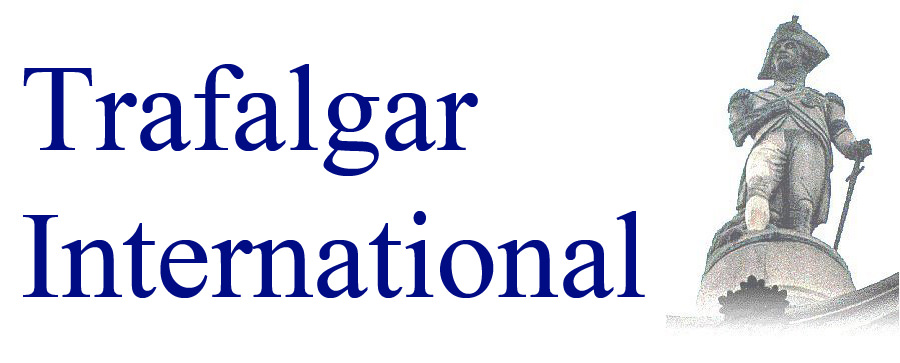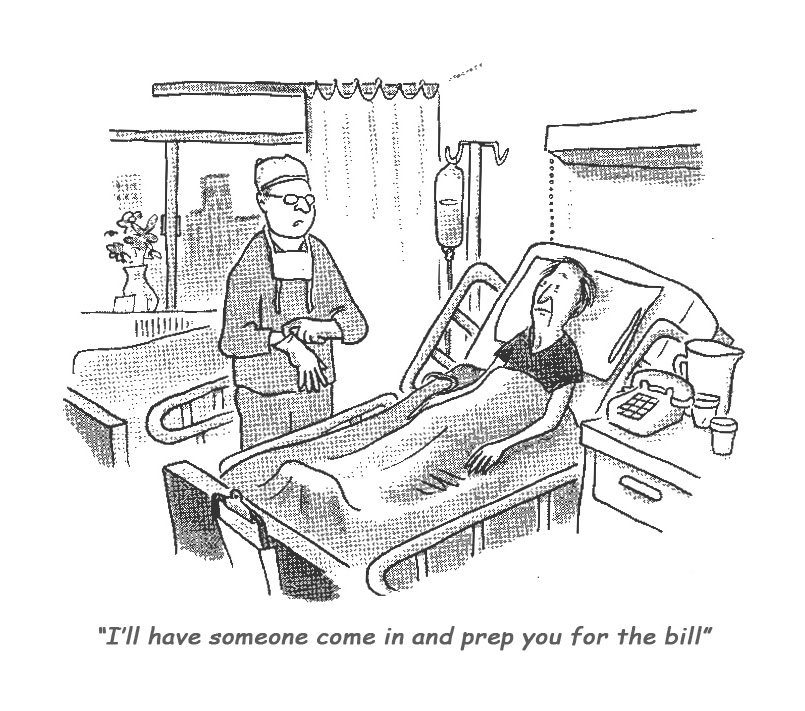An effective employee benefits programme can be key in attracting and keeping good employees. It is in the interests of both employer and employee to have a good medical scheme in place: it provides the employees with the appropriate treatment that they may need, so that they have the best chance of recovering from illness or accident and be fully operational in the shortest time.
However, it can be a costly undertaking for an employer if the plan is designed and implemented without proper planning. We will come back to this element later.
What is covered under the usual health plans
Almost all group medical insurance plans sold in Thailand focus on the most important part of any health insurance plan: basic hospital Inpatient (IPD) coverage, which is when a patient has a condition that requires them to be admitted to hospital.
The plans generally follow a very similar pattern and there are five important areas which need to be considered in judging the overall cover offered by a plan:
1. Daily Room and Board
2. Hospital General Expenses
3. Surgery
4. Inpatient Doctor Visits.
5. Overall level of coverage
The daily room and board rate also covers food and nursing charges, an estimate of the surgical fees in the case of a planned operation are generally known in advance and the in-patient doctor’s visits cover a visit by a physician on a daily basis.
Because policy limits can be used up at different rates, it is sometimes difficult to work out the overall level of coverage. So, in general, most hospital costs are fairly transparent from the outset. However, it is the Hospital General Expenses that are often the most costly part of a hospital stay and these can very quickly exhaust the limits of coverage. It is an umbrella for all sorts of expenses, such as costs for diagnostic tests, consultant’s fees, medication, bandages and dressings, emergency outpatient care, and ambulance. It even includes post-hospitalisation follow-up outpatient care.
In addition to the In-patient Hospital benefits, all the insurers offer out-patient coverage as an optional add-on. The plans are based on an amount per visit to cover a consultation with the doctor together with any charges for drugs and medicines.
Other options which can be offered to employees by companies include dental, maternity, and an annual checkup, but these are less widely available for smaller groups.
It is generally the out-patient benefit that tends to be the main cost of any employee benefits plan which can quickly get out of control if not properly managed.
What are the problems and how to deal with them?

Many plans that we see seem designed to give employees something they can use / consume, often with little control, as opposed to something that will offer genuine protection in the event of serious accident or illness.
Some employees can misuse the system by over-consumption of treatment, for example regular visits to the doctor for minor ailments such as headaches, sore throats, common cold, diarrhoea, all of which can be treated effectively with over the counter medicines from the pharmacy.
This problem of “overuse”, which increases claims costs and ultimately the premium cost in purchasing the healthcare programme can normally be resolved quite easily by educating employees in how to ‘protect’ their medical scheme. Also the design of the plan can contain built in limits and controls.

This is more difficult in that the hospitals are powerful and many use methods designed, it seems, to earn the maximum amount of money from their patients. We often see cases of the following:
• Overcharging by hospitals
• Inappropriate or unnecessary treatment
• Out-patient cases which become in-patient cases (without any justification)
• Stays in hospital which are longer than required
• Over-prescription of medicines
• Expensive hospital pharmacy costs
These problems – which mainly concern hospitalisation cases, and which are the most costly – can mainly be handled by insisting on pre-authorisation for any planned hospitalisation.
 In this way, the employee who is to be hospitalised will be required to inform the health insurer in advance of the hospitalisation. The insurer’s medical officer will contact the hospital to obtain an estimate of costs – in the same way as motor insurers send their engineers to the garage prior to the repair to estimate the costs of repairs to a damaged car.
In this way, the employee who is to be hospitalised will be required to inform the health insurer in advance of the hospitalisation. The insurer’s medical officer will contact the hospital to obtain an estimate of costs – in the same way as motor insurers send their engineers to the garage prior to the repair to estimate the costs of repairs to a damaged car.
It is a known fact that it is easier to negotiate with the hospital prior to the operation, with the possibility of sending the employee to an alternative hospital for treatment, than it is once the operation has been completed and the hospital has been paid.
The advantage for the employee is that the insurer will settle the bill directly with the hospital and the employee does not have to advance any money from his or her own pocket.
Managing and controlling costs benefits directly both the employer and employee. This will guarantee the longevity of the scheme by keeping premiums and benefits at reasonable levels over the long term.
A good example to illustrate the above
We recently studied the annual statistics of a medical insurer in Thailand. The statistics indicated that the highest incidence of hospitalisation, (by a considerable margin) was for treatment of sore throats and diarrhoea.
Normally a hospital should not, unless there is a very special reason, hospitalise anyone for something as minor and commonplace as these conditions.
Incidences like this can be avoided by implementing a pre-authorisation process for hospital treatment, but sadly there is little evidence of this taking place in the business environment. These unnecessary charges will be reflected in increased premiums which, if left unchecked, the escalating health costs can become a serious issue for some companies.
An extreme example
Prior to bankruptcy in 2009, General Motors’ (GM) health and welfare costs per car for current and retired employees exceeded $1,500. Warren Buffet at one point called GM “a health and benefits company with an auto Company attached” because it was spending more money on healthcare than it paid for steel.
This is of course an extreme example, but without careful thought and control it shows how healthcare costs can become a serious financial problem.
What next?
There are actions which can be taken to mitigate these pressures, but unfortunately, there is very little evidence of insurance companies (or brokers for that matter) taking the initiative to educate employees and help companies with a view to helping them to manage and contain costs. One begins to wonder if insurers, and perhaps some brokers, are happy to see premiums increase year on year.
The need is for the employer to find a good, professional broker who is specialised in the Employee Benefits field, and who will guide him throughout the whole process from the choice of insurer and design of the programme through to the implementation of an on-going risk management programme to properly service the employees’ claims, whilst managing and containing the costs of those claims.
While there are many insurance brokers in Thailand there are few who specialise in the field of Healthcare and it would be prudent to check with your own broker their capability in this field.









